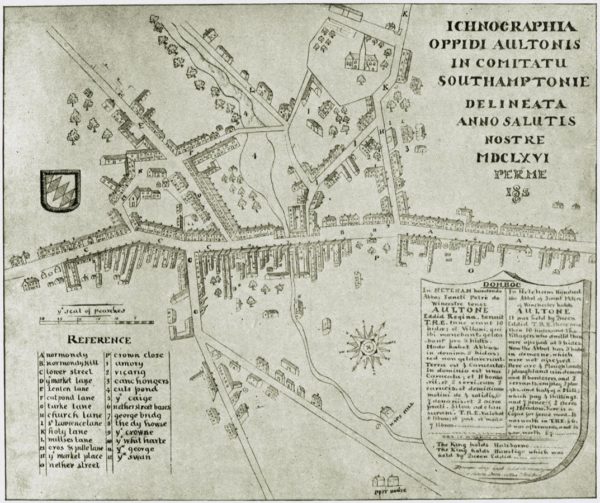
Alton Grove
Alton Grove is said to have earned its name in a rather quixotic manner. Pix Hurrell is reputed to have had a strong influence over street names during his time as Borough Engineer when he and planning officer Terry Flynn would toss names around, and then take them to the Council for ratification.
When Alton Grove was constructed in 1974 and a name was needed the engineer in Hurrell foresaw a problem. The street was small, and would need a small name to fit on maps. He could also see there was no pattern to the naming of streets in that area – neither a Bird Reserve nor a Governors Block to worry about – so he chose Alton, after a Nelson locality he had a fondness for!
Pic:
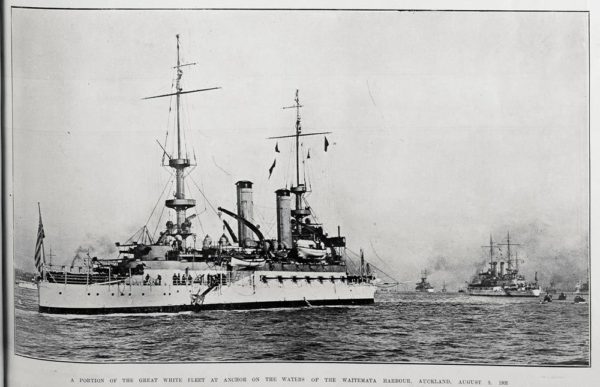
Fleet Street
The visit of the American Fleet in 1908 was a major occasion for New Zealand, and people flocked to the port of Auckland to catch a view of the fleet. Masterton Mayor Phillip Hollings was invited to take part in the celebrations incidental to the visit. Fleet Street, constructed at the time, commemorates that visit.
It is thought that the street may also contain an old burial site. Tradition has it that members of the Donald family are buried under or alongside the street.
Pic:
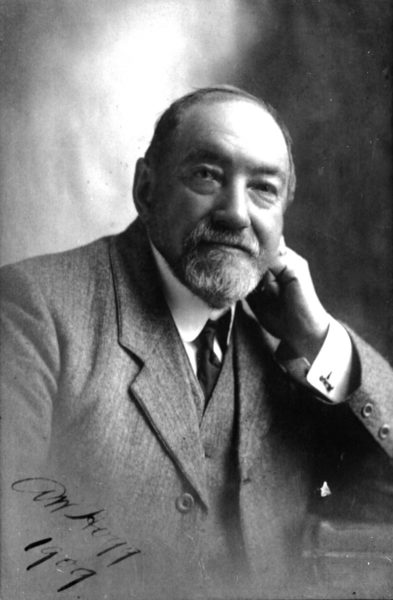
Hogg Crescent
New Zealand has a tradition of newspaper proprietors moving into politics, a tradition that was reflected in Masterton. Alexander Wilson Hogg was a partner in the Wairarapa Star, the newspaper that was once situated on the corner of Queen Street and Lincoln Road, and which gave its name to the ‘Star Block’.
Hogg was involved in many political movements of a liberal nature in Masterton, and was finally elected to represent the Masterton electorate in 1890, a seat he held until 1911. Hogg was appointed Minister of Labour in 1909, but was unable to agree with Cabinet policy on land and resigned.
Hogg Crescent, formed in 1905, was originally going to be named after King Edward but instead commemorates a colourful and energetic politician from our past.
Pic: A.W. Hogg, newspaper owner and politician.
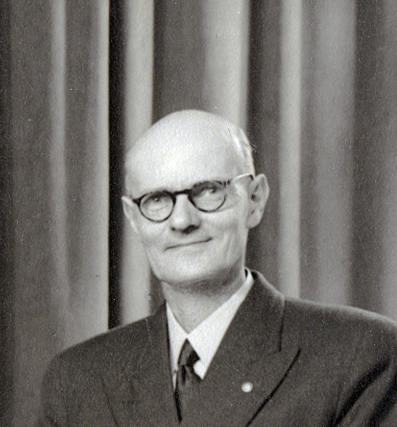
Mabson Terrace
Mabson Terrace is a small subdivision off Cornwall Street, built in 1967. The subdivision was named in honour of Cyril Rous Mabson, the late Borough Engineer. Mabson had retired in 1960 after nearly forty years’ service to the Borough, and had died in 1963.
The street was to be named Mabson Place but the Fire Brigade requested the name be changed to Terrace.
Pic: C.R. Mabson, Masterton Borough Council engineer.
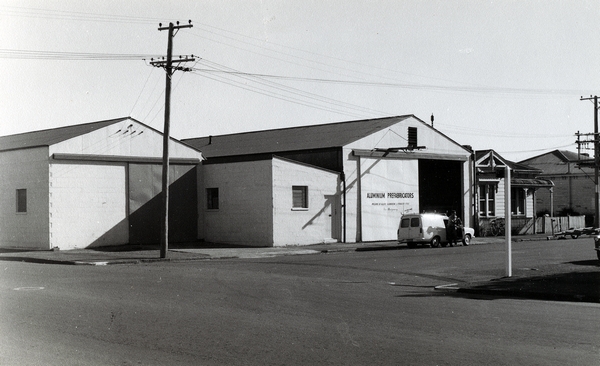
Trustee Street and Olive Street
Trustee Street, which runs from Lincoln Road to Albert Street, is named after the donors of the street, the trustees of the Masterton Trust Lands Trust. The street runs through the site of the whare of William Adams where Joseph Masters stayed on his first visits to the area that was to become Masterton. For many years it held a commercial property on the Lincoln Road corner, and a string of villas. The street was redeveloped wth modern houses in 2016.
One of the few streets to be named after a woman in Masterton is Olive Street. Unfortunately, it is not certain exactly who it is named after. Mr H.H. Daniell, writing in the Wairarapa Times-Age in the 1950s, said William Lenz, a local businessman, named the street after a female relative of his. William Lenz did have a daughter Olive, who was a long-term teacher in Masterton, and the street appears to be named after her.
Pic: Aluminium Prefabricators building on Trustee Street corner, 1950s.
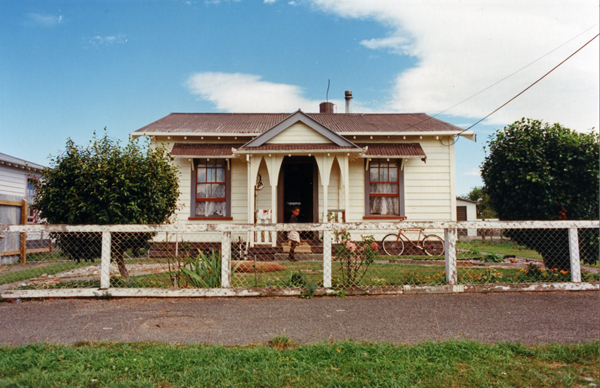
Railway Crescent
In most towns that had a major railway station the Railways Department purchased land nearby and built houses to accommodate its workers. In Masterton this was done in a piece of land between Lincoln Road and the Waipoua River. The houses, many of which look remarkably similar, were known collectively as “the railway settlement”.
Those living in the area thought, not unnaturally, that the name reflected badly on them, and they petitioned the Masterton Borough Council to change the name in 1949. The Council agreed, and the street is now Railway Crescent.
Pic: Railway Crescent houses were built to a standard pattern.
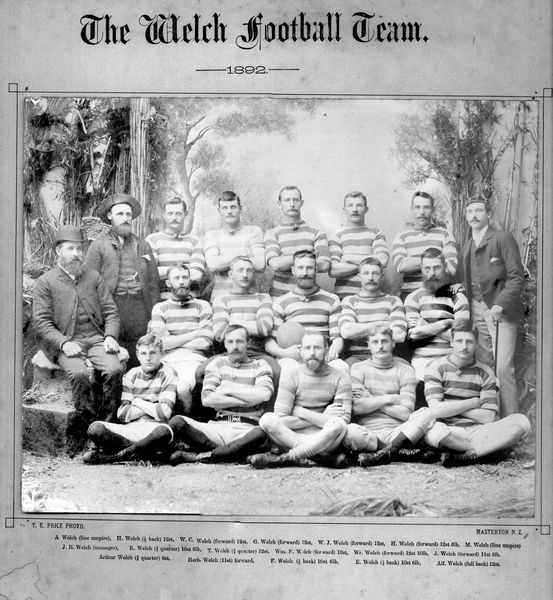
Rugby Street
Some decisions about street names are hard to confirm. When a new street was constructed in 1957, to run into the land between Waltons Avenue and the then Short Street (Intermediate Street), the Masterton Borough Council decided the street should be called Rugby Street unless the developer, Mr Mason, objected to the name.
It is unclear how they chose the name, as it could have been chosen to honour either the game or the English town where the game originated.
There was a pattern of naming streets after English towns at the time. Hereford, Derby and Durham Streets were all developed about then. The game of rugby was also enjoying a period of strength, so it may be that the street is named in honour of our national game.
Pic: The Welch family of Masterton were so numerous in the 1890s they had their own rugby team.
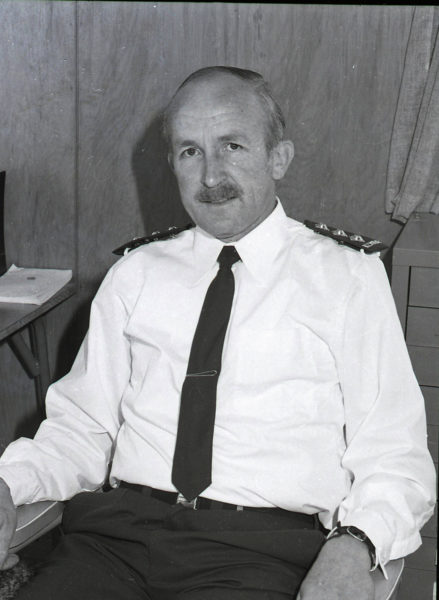
Timms Place
The naming of a new subdivision created off Kuripuni Street in 1994 helped lead to the creation of a street naming policy for the Council. The developer, a policeman turned real estate agent, proposed naming his new street after Monty Timms, previously Police Inspector in Masterton.
The Council, after calling for public comment, agreed to allow the name to stand, but there was some concern about the process of street naming, and a committee of the Council was deputed to develop a street naming policy. The policy was adopted in 1995.
Pic:
The Crossing

One of Masterton's many streams flows through 'The Crossing'.
When a paved footpath was constructed between Cole Street and Essex Street in the 1930s it became unofficially known as “The Crossing”. It was not officially named until the 1970s when various names were suggested, Essex Way, Essex Glade, Birch Grove all having their advocates. It was eventually decided to call the pathway “The Crossing”.
Pic:
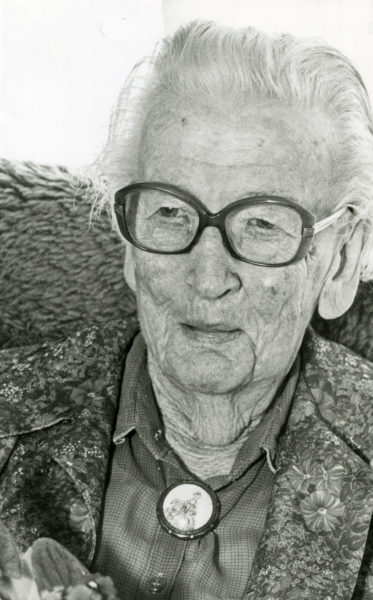
Rogers Lane and Newland Place
There are some streets in Masterton that are not legal streets at all. Rogers Lane, a narrow service lane off Dixon Street, is one of these. It marks the site of the Dixon Street Steam Door and Window Sash Factory owned by Brown and Rogers. Rogers continued in business as a builder, and is credited with having built some of the main buildings in Queen Street. The 1878 meeting that named streets refused to recognise the word ‘lane’, so the street must have been named later.
Newland Place, built in Cole Street on land once part of the Purnell estate, was named in honour of Mrs Nell Newland. At the time Mrs Newland, who lived to be over 100 years old, was the oldest tenant of the Housing Corporation.
Pic: Nell Newland, a long=term tenant of the Housing Corporation, and their oldest tenent.
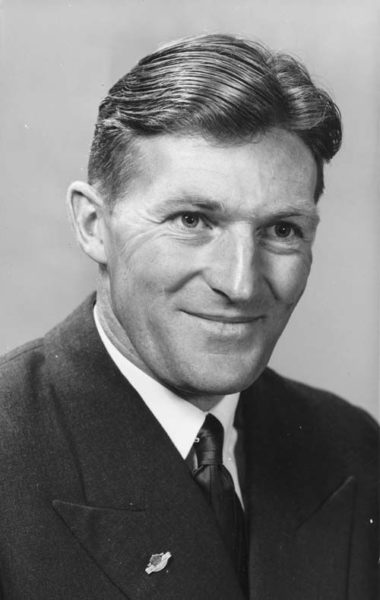
Miller Place, Laurent Place and Ivondale Grove
Miller Place was named in 1956 when the Beetham property of ‘Towsett’ was subdivided. It honours Sir J. Holmes Miller, deputy leader of the Antarctic expedition led by Edmund Hillary. A surveyor, he was working in private practice in Masterton at the time. On his return to New Zealand he shifted to Wellington to head the Antarctic Division of DSIR. He died in Los Angeles in 1986
The naming of Laurent Place has proven difficult to confirm, although it seems likely that it was named after H.J. Laurent, a V.C. winner from World War One who has other streets named after him in Hawkes Bay and Taranaki.
Ivondale Grove was developed by Paul Smart on land previously farmed by Masterton schoolteacher Ivan Dale. The land was left in trust for Ivan and his two brothers, Randall and Ralph, by their father, Masterton Borough Council foreman Henry Dale, and his wife Alice Buick.
Pic: Bob Miller was involved in Antarctic exploration.











